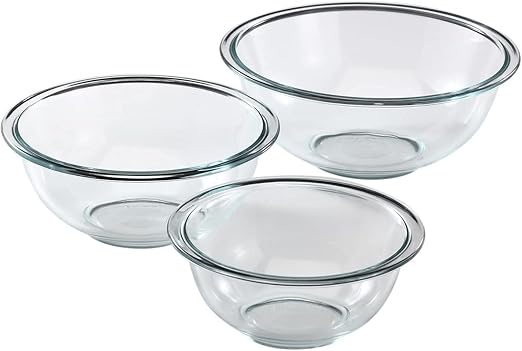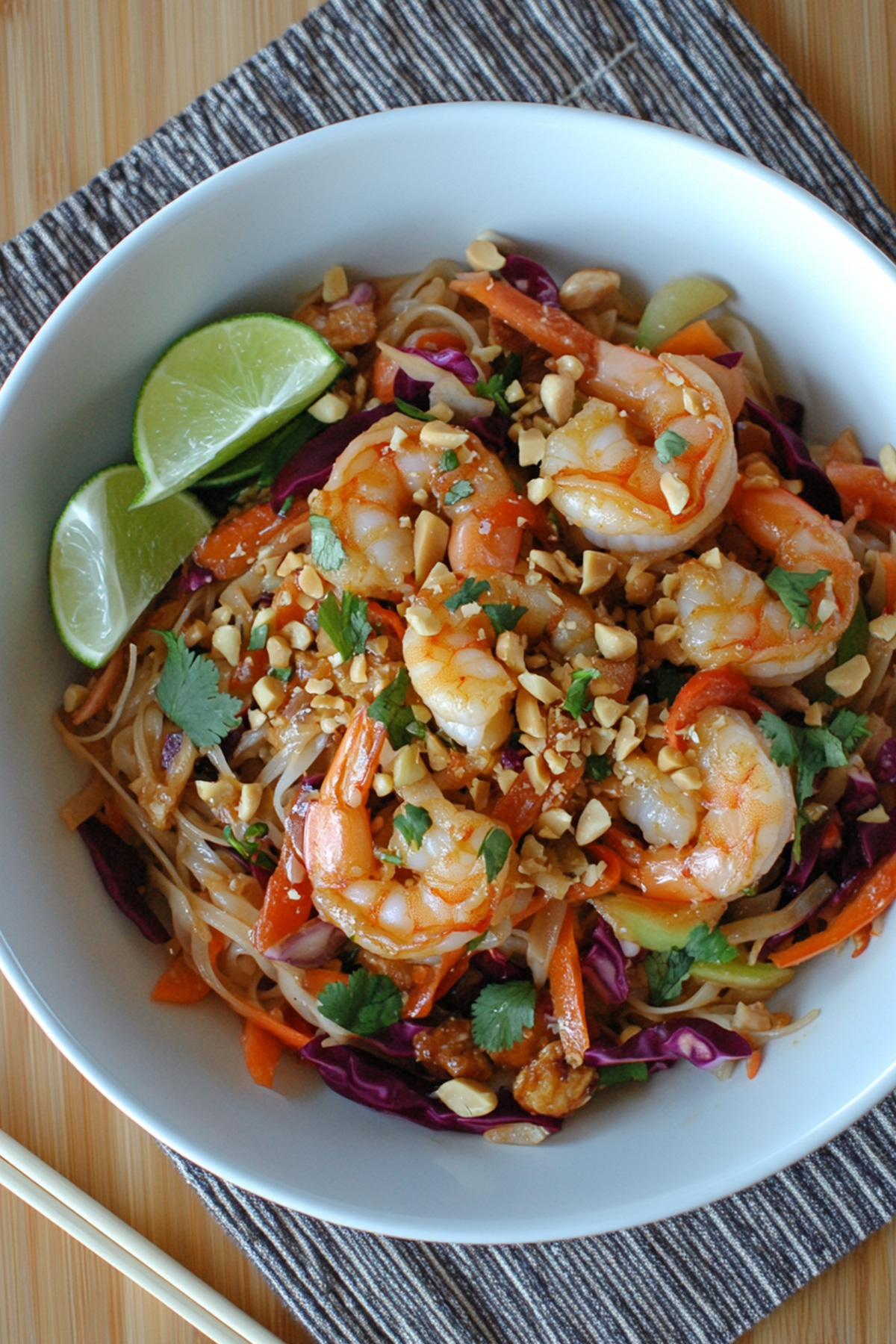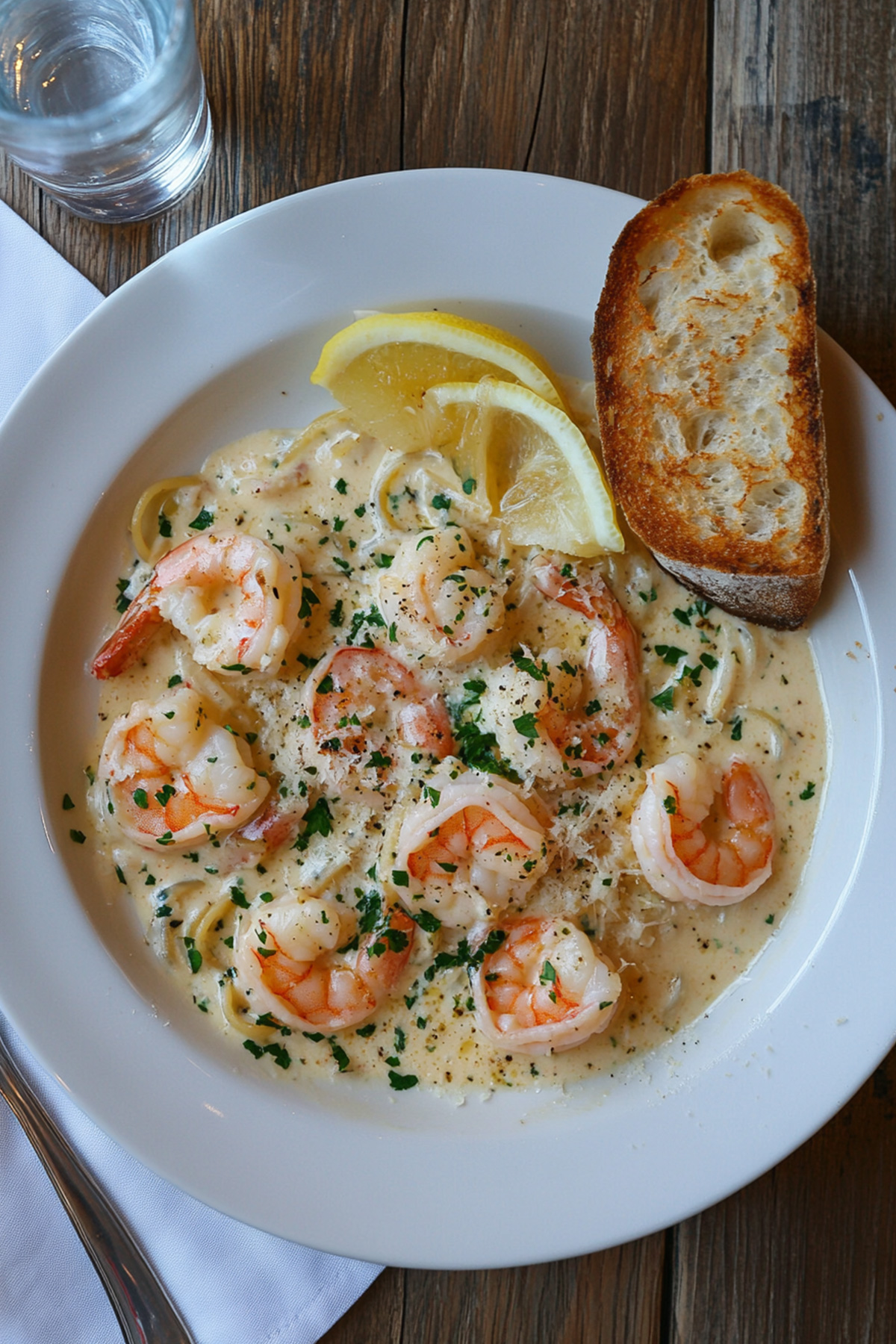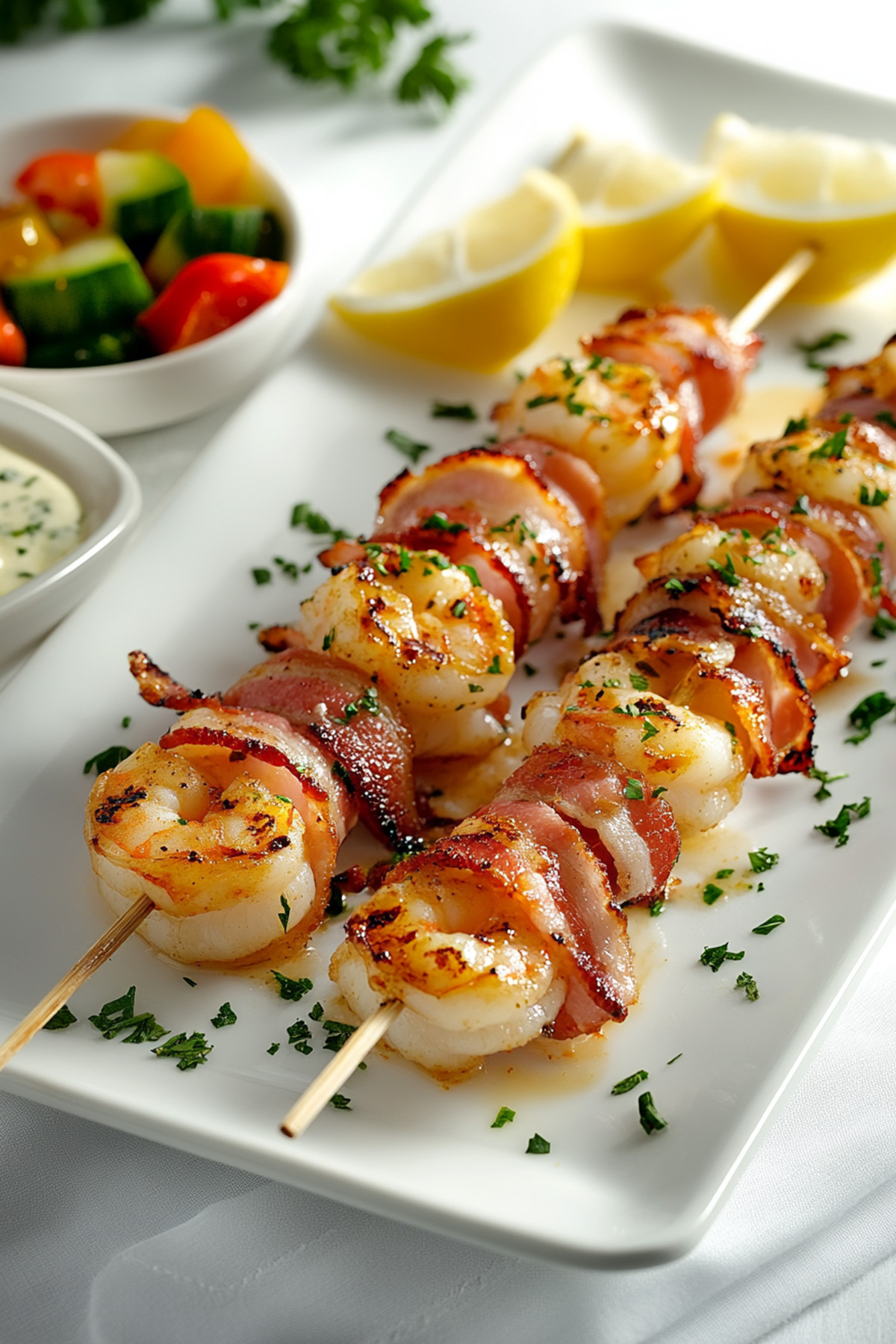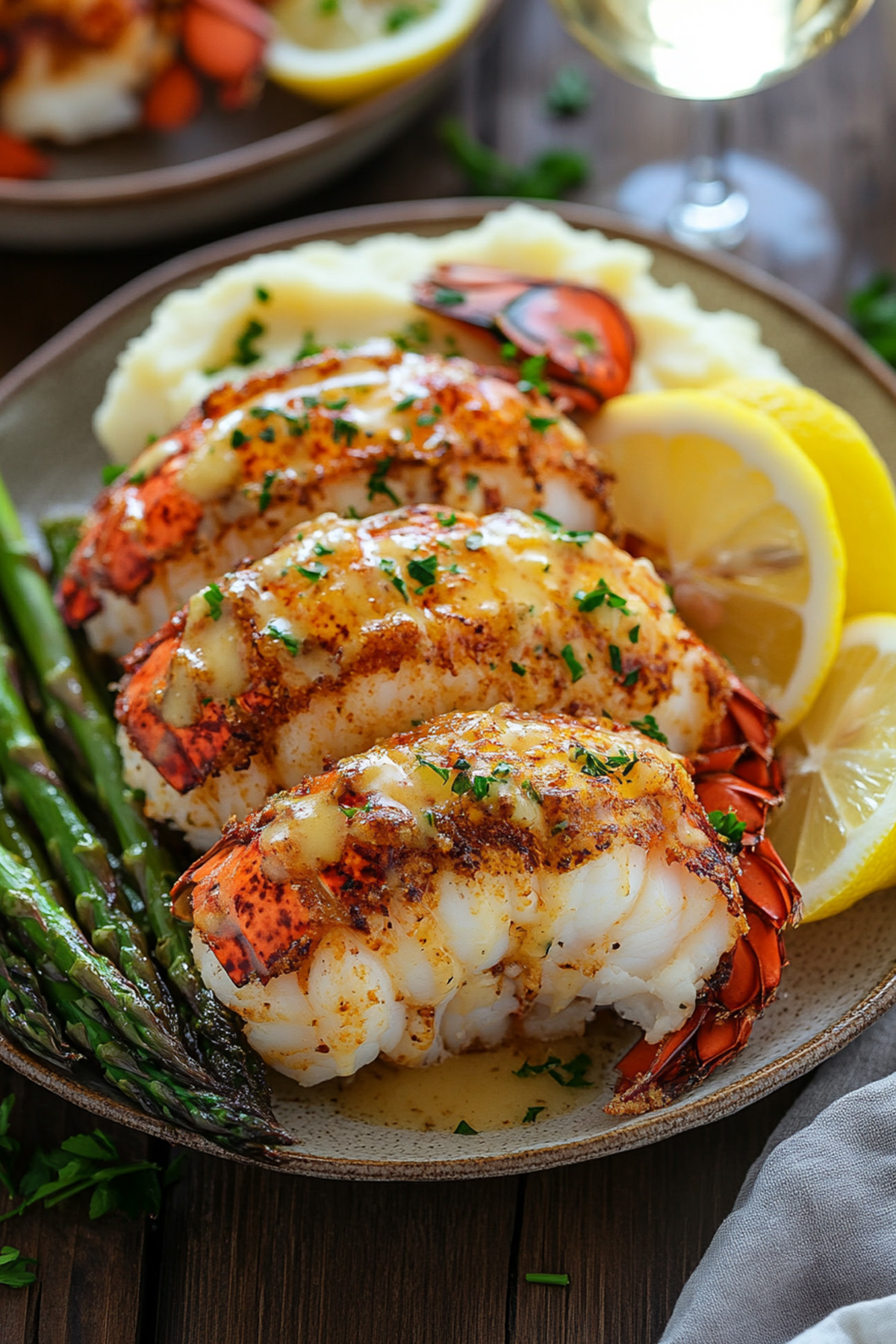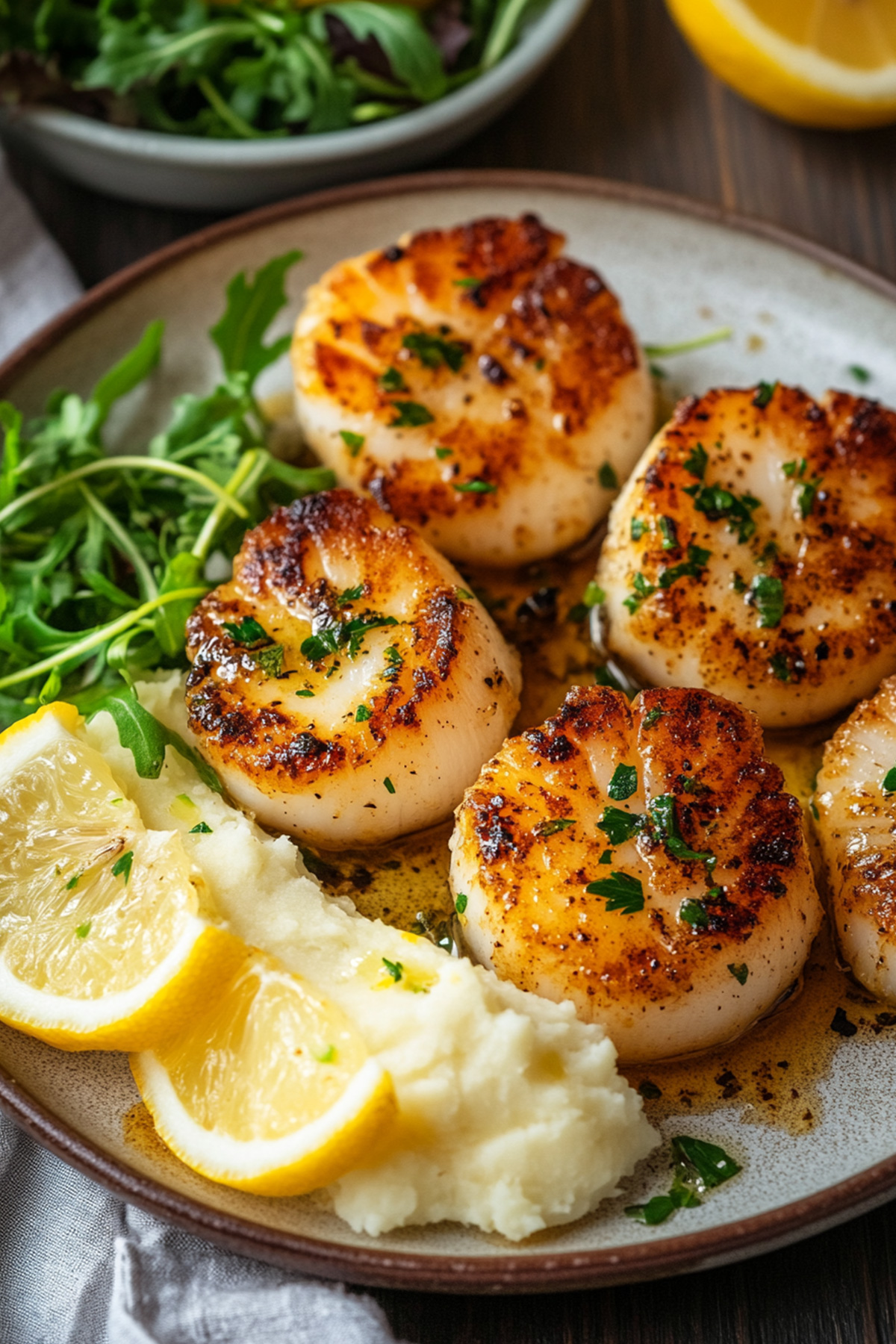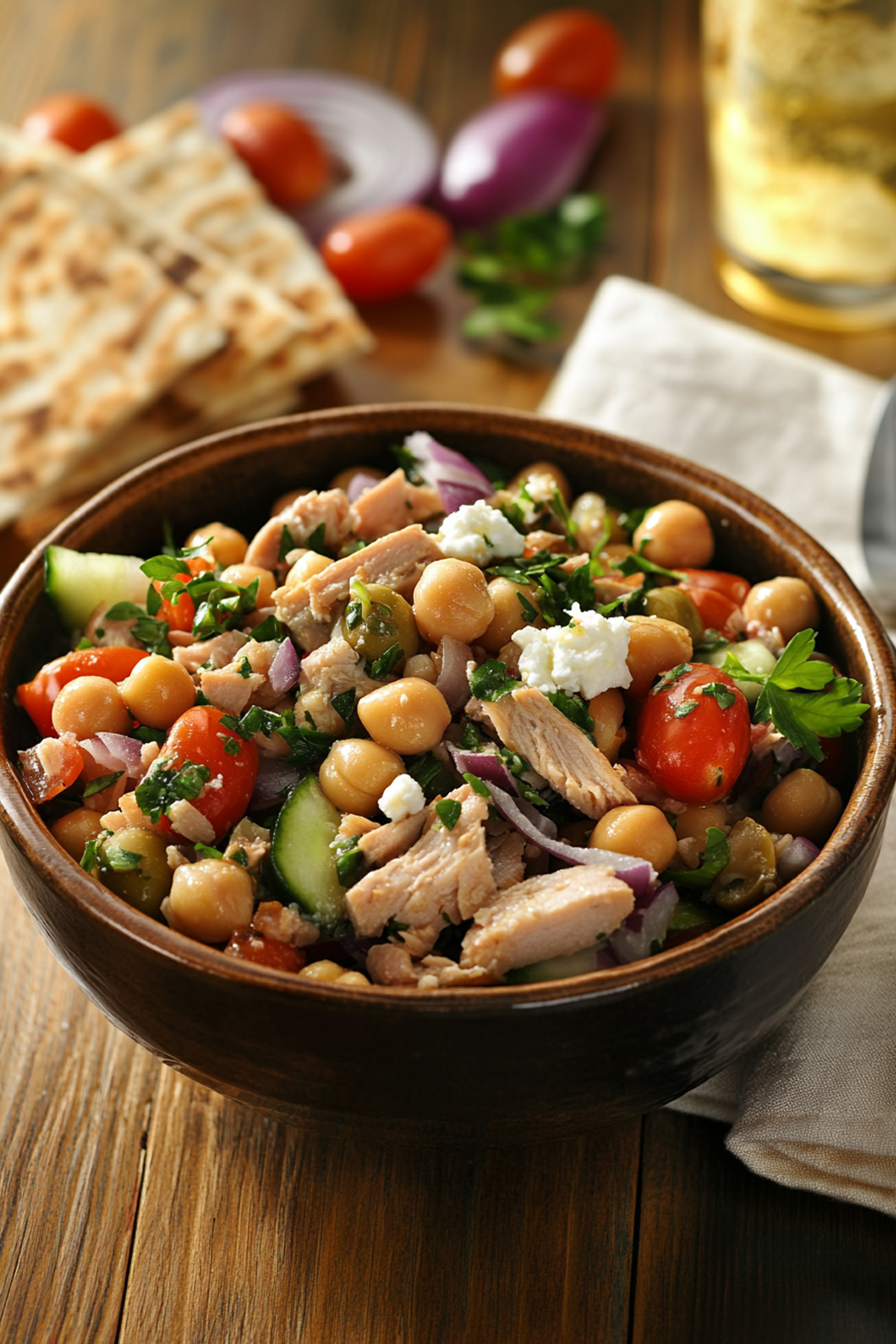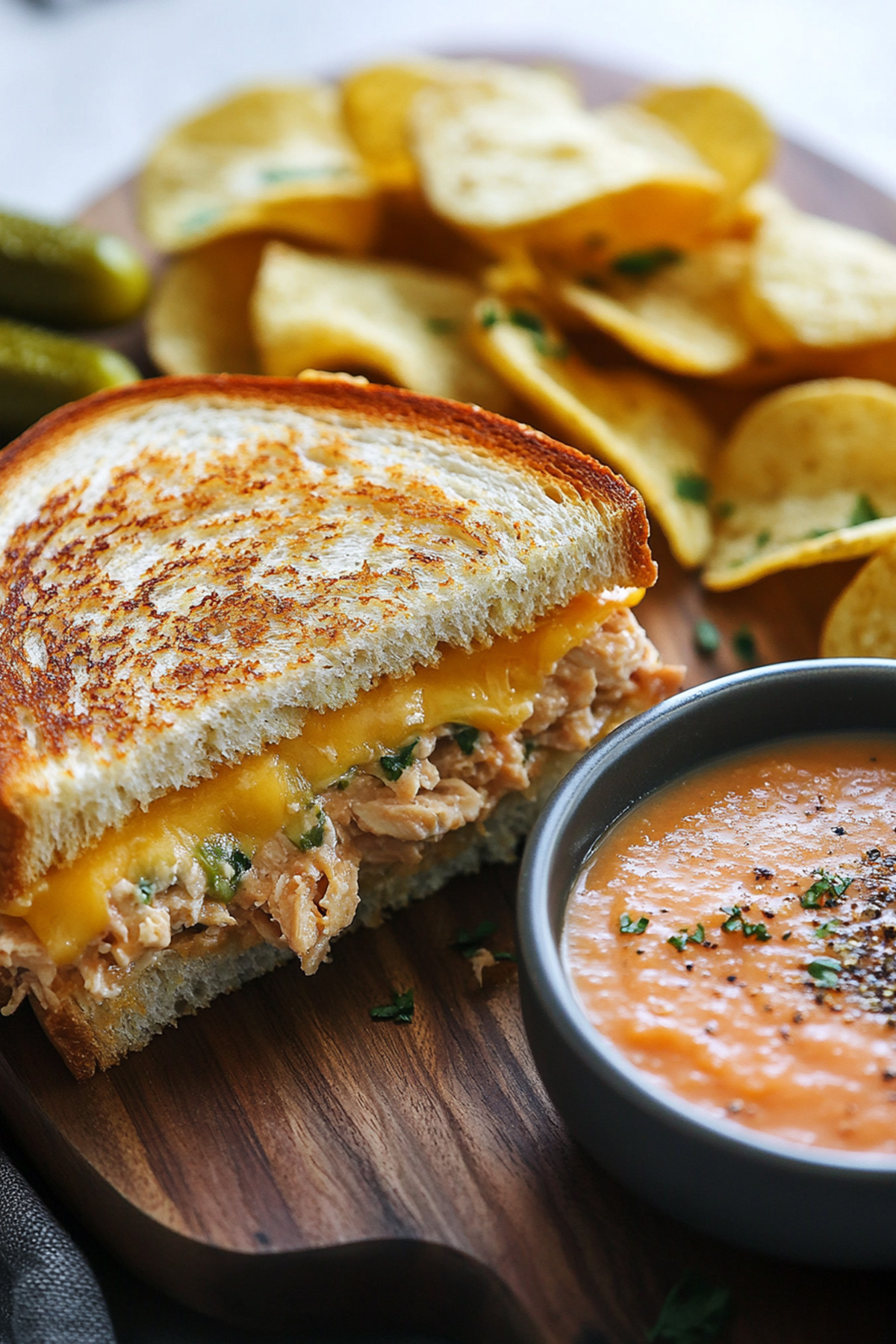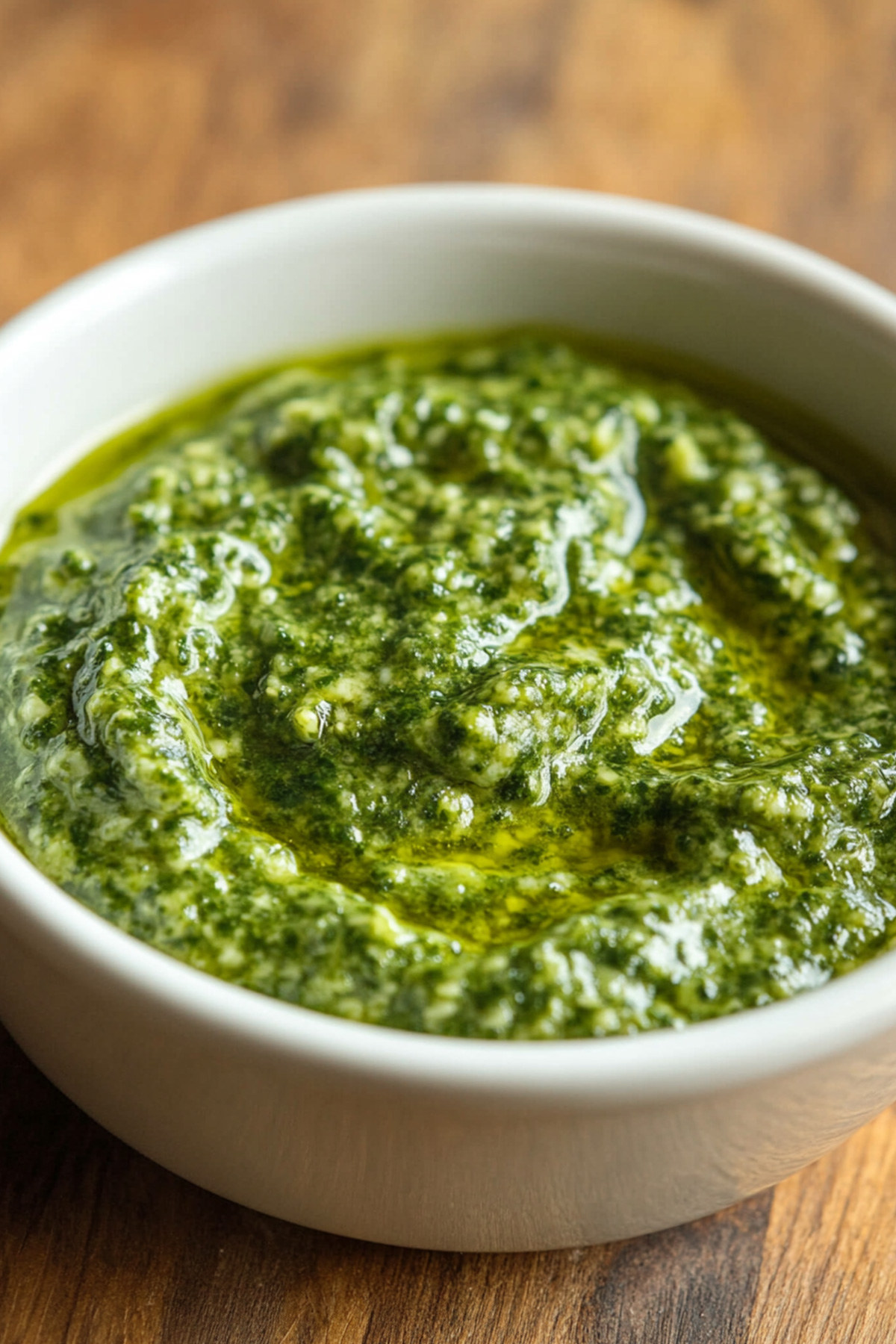Disclosure: As an Amazon Associate and participant in other affiliate programs, we earn from qualifying purchases. We only recommend products we believe will provide value to our readers.
Are you ready to expand your culinary skills by learning how to bake pollock fish to perfection? This comprehensive guide is ideal for both experienced home chefs and seafood enthusiasts, providing detailed, step-by-step instructions to ensure you achieve mouthwatering results every time.
Pollock is an excellent choice for those looking to enjoy a healthy and flavorful meal. It’s rich in essential nutrients and offers a mild taste that complements a wide variety of seasonings. Whether you’re preparing a weeknight dinner or a special occasion meal, pollock fish is sure to impress.
Throughout this guide, you’ll discover everything you need to know about baking pollock fish. From tips on selecting the freshest fillets to mastering the baking process, each step is designed to enhance your cooking experience. Embark on this flavor-packed adventure and elevate your cooking skills to new heights!
Table of Contents
What is Pollock Fish?
Pollock fish is a popular type of white fish known for its mild flavor and versatility in the kitchen. It belongs to the cod family and is often found in the cold waters of the North Pacific and North Atlantic Oceans. Known for its flaky texture and lean meat, pollock is a favorite among seafood lovers. It’s often compared to cod and haddock due to its similar taste and appearance but is more budget-friendly, making it an excellent option for home cooks.
There are two main types of pollock fish—Atlantic pollock, also called saithe, and Pacific pollock. Atlantic pollock is typically darker in color with a slightly stronger flavor, while Pacific pollock is lighter and milder, commonly used in fish and chips and imitation crab products. No matter which type you choose, both varieties are delicious and work well in different recipes.
Nutritional Benefits of Pollock Fish
Pollock fish is not only tasty but also packed with nutritional benefits. It’s an excellent source of omega-3 fatty acids, which are known for their heart health benefits and anti-inflammatory properties. Omega-3s are essential fats that our bodies cannot produce on their own, so incorporating pollock into your diet is a great way to boost your intake.
In addition to omega-3s, pollock is high in protein, making it an ideal choice for those looking to maintain muscle mass and support overall health. It’s also low in calories and fat, which makes it a perfect option for anyone aiming to eat light without sacrificing flavor. With its rich nutrient profile, pollock is an easy way to add a nutritious punch to your meals.
How to Bake Pollock Fish? Ingredients Needed
Essential Ingredients:
- Fresh or frozen pollock fillets
- Olive oil
- Salt
- Pepper
Optional Ingredients:
- Spices (e.g., paprika or cayenne pepper)
- Lemon juice
- Fresh herbs (e.g., parsley and dill)
- Minced garlic
Kitchen Tools and Equipment
To bake pollock fish successfully, you’ll need a few essential kitchen tools. Start with a baking dish large enough to hold the pollock fillets in a single layer. This will ensure even cooking and prevent overcrowding. An oven thermometer is also important to verify your oven’s accuracy and maintain the correct temperature throughout the baking process.
Consider using aluminum foil or parchment paper to line your baking dish. This will make cleanup easier and help retain the moisture in the fish during baking. With these tools and ingredients ready, you’re well-prepared to begin your pollock baking adventure.
Step-by-Step Guide to Baking Pollock Fish
Thawing Pollock (if frozen)
If you’re working with frozen pollock fillets, it’s important to thaw them properly to preserve their texture and taste. The safest method is to transfer the fillets from the freezer to the refrigerator and allow them to thaw overnight. This gradual thawing process ensures the fish remains fresh and avoids the risk of bacterial growth.
In case you’re short on time, you can submerge the sealed fillets in a bowl of cold water, changing the water every 30 minutes until they are completely thawed. Avoid using hot water or leaving the fish out at room temperature, as this can compromise its quality.
Prepping the Fish
Once your pollock is thawed, it’s time to prep it for baking. Start by rinsing the fillets under cold water and patting them dry with paper towels. This step helps remove any surface debris and ensures an even coating of seasoning or marinade.
At this point, you can choose to marinate your pollock for added flavor. For a simple yet delicious marinade, combine olive oil, lemon juice, minced garlic, and your choice of herbs and spices. Allow the fish to marinate in the fridge for at least 30 minutes before baking. If you prefer a quicker option, simply season the fillets with salt, pepper, and any desired spices.
Baking Instructions
With your pollock prepped and ready, preheat your oven to 400°F (200°C). Ensuring the oven reaches the correct temperature is crucial for even cooking. Place the seasoned or marinated pollock fillets in a baking dish lined with aluminum foil or parchment paper.
Bake the pollock in the preheated oven for 15 to 20 minutes, depending on the thickness of the fillets. A general rule of thumb is to bake fish for about 10 minutes per inch of thickness. The fish is done when it flakes easily with a fork and reaches an internal temperature of 145°F (63°C). For an even bake, consider rotating the dish halfway through the cooking time.
Read also: The Art of Salt Baked Fish

How to Bake Pollock Fish
- Total Time: 30 minutes
Description
Ready to put your newfound knowledge to the test? Here’s a simple baked pollock recipe to get you started. Prep time is about 10 minutes, with a cooking time of 20 minutes. This recipe serves four.
Ingredients
- 4 pollock fillets (about 6 oz each)
- 2 tbsp olive oil
- 1 lemon, juiced
- 2 cloves garlic, minced
- Salt and pepper to taste
- Chopped fresh parsley for garnish
Instructions
- Step 1: Preheat your oven to 400°F (200°C).
- Step 2:Rinse the pollock fillets under cold water and pat dry.
- Step 3: In a small bowl, mix olive oil, lemon juice, minced garlic, salt, and pepper.
- Step 4: Place the fillets in a baking dish and pour the mixture over them.
- Step 5: Bake for 15 to 20 minutes until the fish flakes easily with a fork.
- Step 6:Garnish with fresh parsley before serving.
Notes
- Variations and Flavor Options
- Want to change things up a bit? Consider these flavor variations to keep your baked pollock exciting:
– Herb and Garlic Butter Pollock: Swap olive oil for melted butter and add a mix of fresh herbs like thyme and rosemary to the recipe above for a rich, aromatic flavor.
– Lemon Pepper Pollock: Use lemon zest and cracked black pepper for a zesty twist. Add a sprinkle of grated Parmesan cheese before baking for added richness.
– Baked Pollock with Chili Flakes: Add 1 tsp of chili flakes to your marinade for a kick of heat. Consider serving with a cooling cucumber salad to balance the spice.
- Prep Time: 10 minutes
- Cook Time: 20 minutes
- Category: Seafood
- Method: Baking
Serving Suggestions
Side Dishes to Complement Baked Pollock
Pair your baked pollock with a variety of sides to create a balanced meal. For a healthy option, choose vegetable sides like roasted asparagus, steamed broccoli, or sautéed spinach. These greens not only add color to your plate but provide essential vitamins and minerals.
For a carb component, consider serving your pollock with fluffy rice, quinoa, or baked potatoes. These starchy sides offer a comforting balance to the lightness of the fish, making your meal more satisfying.
Recommended Sauces and Condiments
Enhance your pollock dish with a selection of sauces and condiments. Classic tartar sauce is always a crowd-pleaser. Alternatively, try a homemade garlic sauce for a rich, flavorful addition. Fresh salsa or relish made with tomatoes, onions, and cilantro can offer a refreshing contrast to the baked fish.
Whether you stick with traditional pairings or explore new flavors, these combinations ensure an unforgettable dining experience.
Health Considerations
Dietary Restrictions and Allergies
Pollock fish is naturally gluten-free, making it suitable for those with gluten sensitivities or celiac disease. However, be mindful of any additional ingredients in your recipe, such as sauces or marinades, that may contain gluten.
For individuals watching their sodium intake, opt for low-sodium seasonings and marinating ingredients. Pollock’s mild flavor allows you to experiment with various herbs and spices without compromising taste. [source]
Tips for Healthy Eating
When enjoying pollock fish as part of a balanced diet, consider these healthy eating tips. Balance your meal by pairing the fish with a generous serving of vegetables. They provide essential nutrients and help you feel full and satisfied.
Practice portion control by serving appropriate-sized fillets, especially if you’re watching your calorie intake. Eating fish a few times a week can be part of a heart-healthy diet, thanks to its omega-3 content. [source]
Common Mistakes to Avoid
1. Overcooking Pollock Fish
One of the most common pitfalls in cooking pollock is overcooking, which can lead to dry, rubbery fish. To avoid this, monitor the baking time closely and check the internal temperature with a meat thermometer. The fish should flake easily with a fork when done.
2. Not Using Enough Seasoning
Pollock’s mild flavor can benefit from adequate seasoning. Don’t be afraid to experiment with herbs, spices, and marinades to enhance its taste. Under-seasoned fish can lack flavor, so take the opportunity to be creative with your ingredients.
3. Skipping the Preheating Step
Preheating the oven is a crucial step that ensures your fish cooks evenly. Placing pollock in an oven that hasn’t reached the desired temperature can result in uneven cooking, affecting texture and taste. Always allow your oven to preheat fully before baking.
Frequently Asked Questions (FAQs)
How long does it take to bake pollock fish?
The baking time for pollock fish varies depending on the thickness of the fillets. Generally, bake fish for about 10 minutes per inch of thickness. Most pollock fillets will be done within 15 to 20 minutes at 400°F (200°C).
Can I bake pollock with skin on?
Yes, you can bake pollock with the skin on. The skin helps keep the fillets moist during cooking. If you prefer, you can remove the skin before serving, as it should separate easily once cooked.
What temperature should I bake pollock at?
The ideal temperature for baking pollock is 400°F (200°C). This temperature ensures the fish cooks through evenly while developing a light, flaky texture.
Can I use other types of fish for this recipe?
Absolutely! This recipe can be adapted for other types of white fish, such as cod, haddock, or tilapia. Adjust the cooking time as needed based on the thickness of the fillets.
Conclusion
Baking pollock fish is a delightful way to enjoy a nutritious and flavorful meal. With its mild taste and versatile nature, pollock can be easily prepared to suit any flavor preference. By following this guide, you’ll be well-equipped to create a delicious baked pollock dish that’s sure to impress.
We encourage you to try the recipe and experiment with different variations to keep things exciting in the kitchen. Share your experiences and personal twists with fellow seafood enthusiasts, and continue to explore the wonderful world of cooking with pollock. Happy baking!
Read Also: Grilling Tips and Techniques



